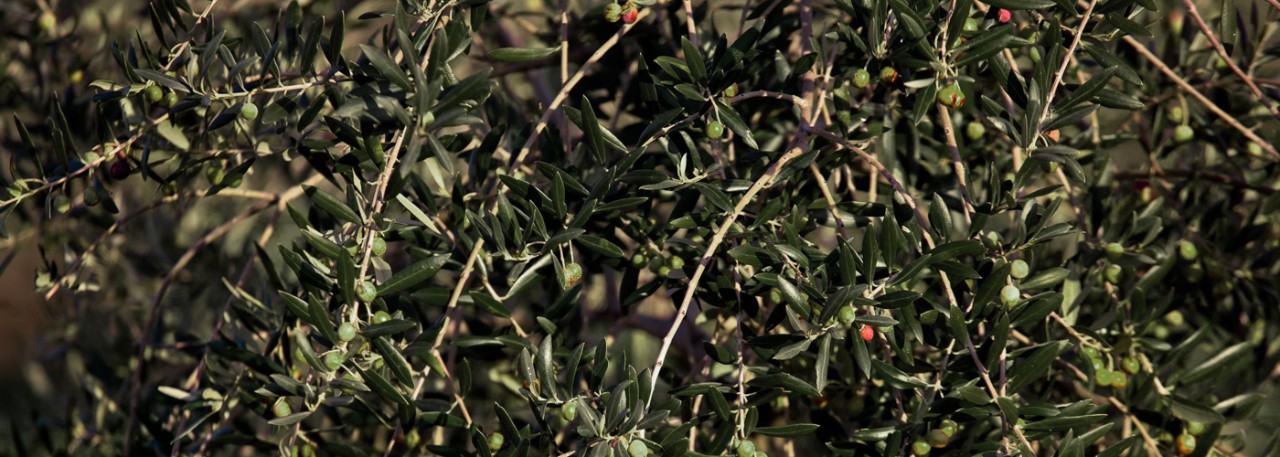.png.transform/rendition-xs/image_image%20(1).png)
Aceite de La Rioja PDO
Extra virgin olive oil obtained, exclusively by mechanical means, from the fruit of olive trees (Olea europea) of a total of 13 varieties, of which the predominant ones are Redondilla, Arbequina, and Empeltre.
Tasting notes
These oils are clean in appearance and green in color, ranging from pale to deep, dark green. They are fruity in flavor early in the season, with hints of non-bitter almond, sweetness and slight piquancy.
Other notes
Analytical Data:
- Maximum acidity: 0.8º
- Moisture and volatile materials stove tested at 105 1C: no greater than 0.1%
- Maximum ultraviolet absorbance (K 270): 0.20
- Impurities insoluble in petroleum ether: no greater than 0.1%
- Maximum ultraviolet absorbance (K 232): 2.50
- Average organoleptic defect evaluation (Md): Md = 0
- Peroxide value mEq O2: no greater than 15
- Average organoleptic evaluation of fruitiness (Mf): Mf > 0
Production / Processing method
Olive growers in this region are profoundly knowledgeable about their crop and use traditional farming techniques to achieve well-balanced olive groves, perfectly geared to the production of top quality olive oil. Harvesting is always done with the greatest care, and only the healthiest fruit, picked directly off the tree at the ideal stage of ripeness, is used for producing PDO oils.
All mills and/or packaging plants must operate systems that ensure that olives destined for making PDO oils are unloaded separately from the rest to avoid the possibility of others being mixed in with them. They must also have suitable facilities for storing olives before they are processed, and the PDO oils obtained from them.
Olives must be ground within at most 48 hours of harvesting; this is to avoid the fermentation that sets in to pressure-damaged fruit after that period and makes it acidic.
During extraction, the temperature must never be allowed to exceed 30º C (86º F) in the pressing phase or 45ºC (113º F) in the centrifugation phase. Just one cycle of malaxation is permitted: this must last no longer than 60 minutes and the temperature must not exceed 30ºC (86º F).
The oil is stored in conditions that keep it at its best, preferably in stainless steel tanks or traditional trujales (underground vats) and/or metal tanks lined with ceramic material, epoxy resin, or any other food grade, inert material. These tanks must be hermetically sealed and provide constant, mild storage conditions in which the temperature never exceeds 22º C (71.6º F).
Oil proceeds to packaging only if it matches established physical and chemical standards and passes a sensory test carried out by a special committee.
Regulatory Council
Consejo Regulador de la DOP Aceite de La Rioja
Muro de la Mata, 8 5º C dcha.
26001 Logroño (La Rioja)
Tel: (+34) 941 236 868
info@aceitedelarioja.com
www.aceitedelarioja.com
Sources:
- Spanish Ministry of Agriculture
Just one cycle of malaxation is permitted.


- Aceite de La Rioja 1
- Aceite de La Rioja 2

Logroño (La Rioja)
